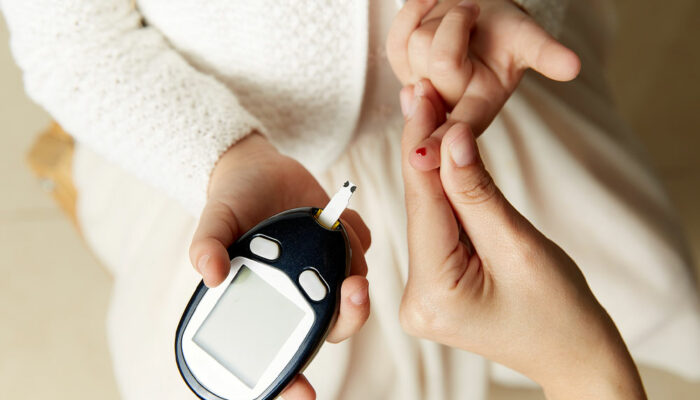5 mistakes that can cause the Christmas tree to go up in flames

Christmas is right around the corner, and the lights and trees are starting to be set up in homes. While these traditions are annual staples, people still make inevitable mistakes while setting up their trees, leading to easily preventable accidents that can turn serious. So, to remain safe while celebrating this holiday season, here are some errors to note. Knowing these can help one avoid mistakes that can cause the Christmas trees to burn.
Common mistakes made that can cause Christmas trees to go up in flames
Here are some errors to note that can cause a fire in the house due to the Christmas tree and some solutions one should follow instead.
Not getting a fresh tree
Experts suggest that getting a tree that is fresh with green needles is the one to buy. The fire department, in fact, suggests this tip to ensure that the tree is not too dry so that it can avoid catching fire easily. The green needles should be so fresh that they remain intact when touched and do not fall on the ground immediately. A quick tip to check this is to just run the hand through the tree and notice if any of the needles are falling off. If yes, this means that the tree is starting to dry out, and it is at a higher risk of catching flames if kept in an unsafe environment.
Not recutting the base
Cut around two inches off the bottom of the tree when putting it in the tree stand at home for Christmas. This is another hack that can help prevent the tree from catching fire. When the tree is cut from its roots, the resin in the trunk can start to clog up the water-conducting tissues in the trunk. This is the reason the tree limits water intake after being cut. So, when the tree is recut before being put in the stand, it helps the tree resume water uptake, which keeps the tree hydrated and less likely to catch on fire.
Keeping the tree close to heat sources
Christmas time comes around winter, and this means the use of heaters and radiators in homes. While, of course, these are necessary to stay warm in the holiday season, this is also one of the reasons why the Christmas trees easily dry out inside the house. The heat and dry air in the home dehydrates the tree, and this can make the tree much more inflammable. This means that any small spark or ignition may make the whole tree go up in flames. Also, the mishap takes just seconds to occur, and it becomes difficult and dangerous to handle a fire hazard like that, which can easily spread.
Not keeping the tree away from the electrical equipment
Another pro tip is to keep the Christmas tree away from electrical cords and wires. Lighting the tree up is a Christmas tradition in almost all homes, so of course, it is not suggested that one does away with tradition. However, one must always be extra cautious when using any kind of wiring or lighting around or on the tree. Some people may want to keep them on for the whole night, and while aesthetically pleasing, this may lead to the tree slowly drying up and burning up, resulting in flames. Not only that, if there is any kind of fraying or damage to the wire, then it is difficult to contain that. So it is also especially recommended that the tree lights are not on when everyone has gone to sleep and there is no one to supervise the activity and celebration. While these may sound like strict rules, these are precautions that are needed for the safety of everyone in the house. Another safety tip around electricals is to not create a mess with too many wires. Keep extension cords and use good quality material to avoid any kind of damage or accidents.
Not keeping the tree away from candles
Just like the electrical cords and lights, candles are other decorative items that are used frequently during Christmas and festivities. A rule of thumb says that there should be no candles or open flames near the tree. This must be followed at all times! Also another good tip to know is that the tree should also be kept away from the fireplace as it can easily dry up and spark the needles. Hot ash is another thing that should be kept away from the tree as it can also ignite sparks, leading to some accidents.
There are some other recommendations made by the fire department that will keep the Christmas tree safe, along with the persons, animals, and belongings in the house. Some of these tips include the following:
It is advisable to set up the tree at least three feet away from any heat source. As discussed earlier, a heat source is a dangerous catalyst and should be kept at a distance. The professionals recommend that this distance be adhered to.
Another tip is that the tree should not be kept anywhere where it is blocking the exit of the premises. This is a general rule for safety that the exits should never be blocked. Aside from the Christmas tree, one must make sure that nothing else is also in the way that may keep people from navigating out of the premises safely.
When using Christmas lights on the trees, always make sure that the lights have the label of a recognized testing laboratory to ensure they are safe to use around the tree.

